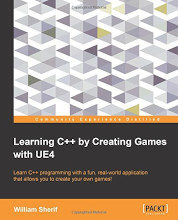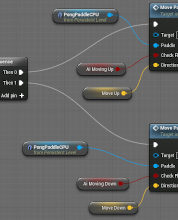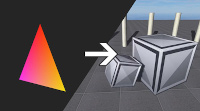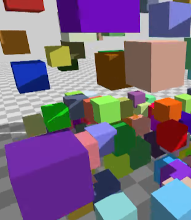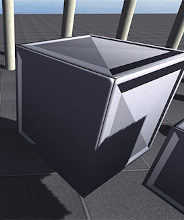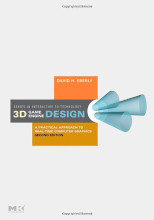Review: Learning C++ by Creating Games with UE4 by William Sherif
Right here is a book with a clearly defined goal and an excellent execution. Learning C++ by Creating Games with UE4 by William Sherif takes you on a journey from being a total blank in C++ to coding some basic features of a 3D game. Even though I have
